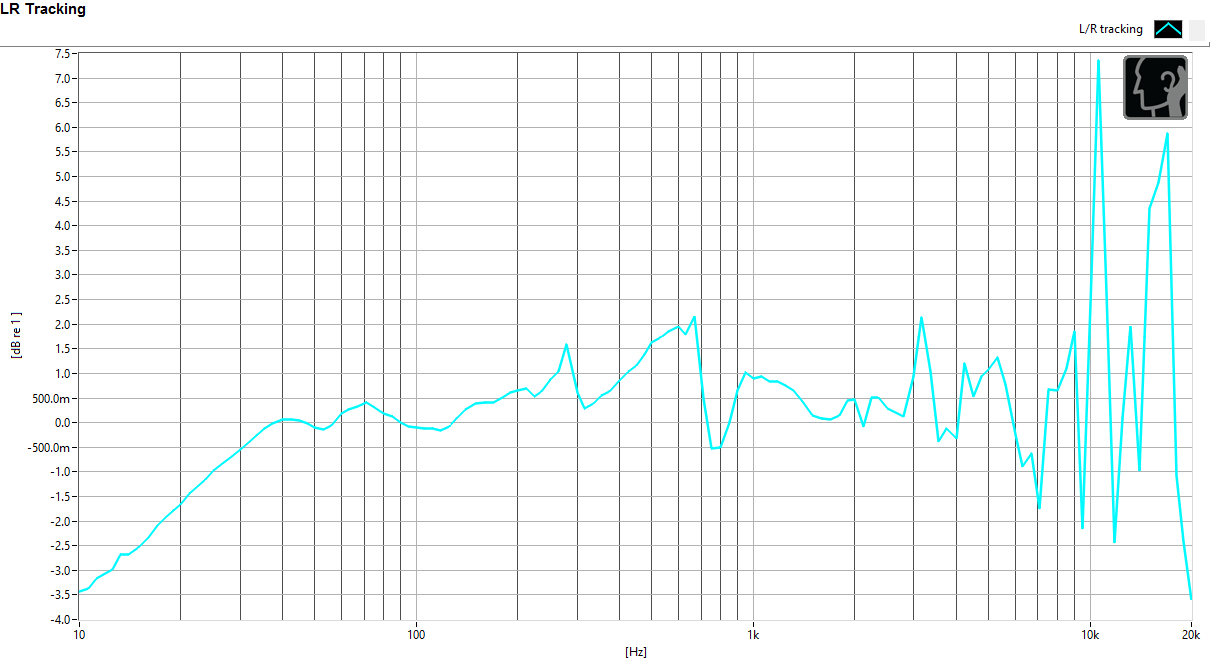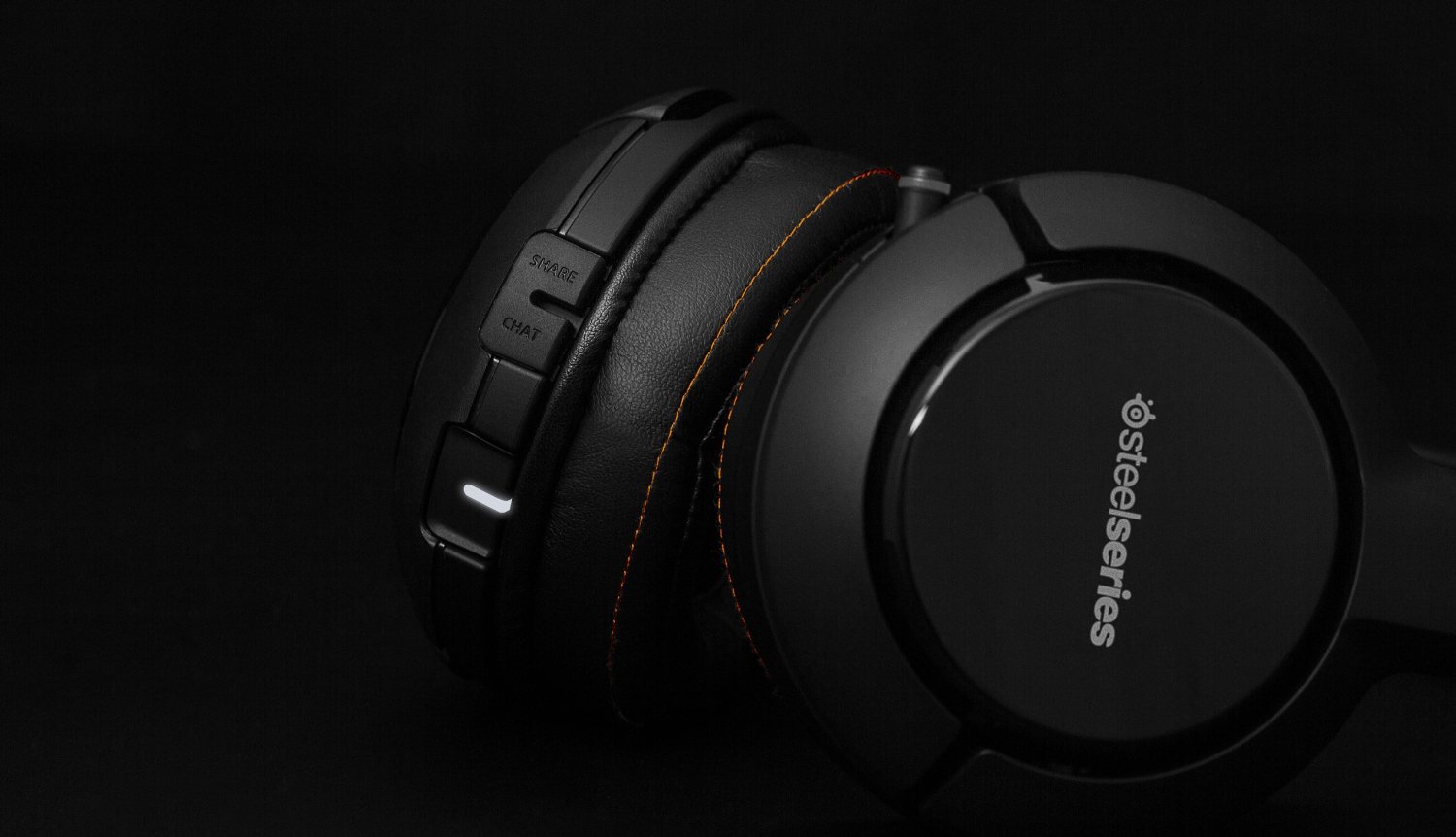Three obstacles have long stood in the way of wireless headsets: price, latency, and batteries. They’re more expensive than wired headsets, without better sound quality. Latency over a bad wireless connection is annoying. And batteries giving out mid-match is always a game-ruiner. But wireless headsets have come a long way over the years, and if you can get over the price premium, you can buy a wireless gaming headset that solves the battery problem and exhibits not a hint of latency. Zero-hassle gaming audio equipment awaits at three price points.
Looking for a cheaper pair of cans? Check out our guide to the best (wired) gaming headsets.

The best wireless gaming headset
- Great virtual surround sound
- Memory foam pads keep it comfortable for prolonged use
- Elegant transmitter/charging station makes swapping between the two included batteries extremely convenient
Well, here it is: our pick for the absolute best wireless gaming headset available, the Steelseries Siberia 800. And hoo boy, it isn’t a cheap one, weighing in just below $300. We know that’s a lot of cash, but there are two major considerations at play here.
First is that wireless headsets tend to be pricier than their wired counterparts in the first place, so if you’re browsing this side of the market you’ve probably set aside a reasonable chunk of money in the first place. Secondly, scrimping on wireless tech is like seeking out bargain bin dentistry—a lot more can go wrong than right. The $300 in question buys not just incredible sound, comfort and convenience, but a free pass through any potential latency and battery issues.
Read More

The best mid-budget wireless gaming headset
- Quality construction
- Excellent virtual surround with Dolby DTX Headphone: X
- Bluetooth support
- Less comfortable than Steelseries H Wireless over long periods
- Poor wireless range with USB receiver
Turtle Beach has the console headset market pretty well sewn up, but its position in PC audio is of a relative outlier, particularly compared to familiar, reliable names such as Creative, Logitech… you know, the companies who were making headphones before you got your first PC. For context, then: the is a wireless PC variation on its excellent PX4 and Stealth models for PS4 and Xbox One, respectively.
It boasts a specific surround technology from Dolby called DTX Headphone: X, which is particularly good at tricking your ears into hearing a broad vertical space in addition to a wide stereo pan. When using these to listen to a 7.1 surround mix that makes use of that tech, the effect is wonderfully cinematic.
Read More
Fact: wired headsets hugely outnumber their wireless brethren in the PC peripherals marketplace. Why? Why hasn’t the technology that unshackles us from our machine rendered wired models obsolete? Well, historically, cable-free cans have had a number of drawbacks, some of which remain today.
One: battery charge time. Ever had a wireless headset run out of charge on you mid-game, bleating its pathetic warning tone at the exact frequency that makes you want to chew through your tongue? Then you can see why some might be put off by the idea of having to manage their charge level, and even cut sessions short if their cans drain completely.
Two: latency. Particularly in cheaper wireless audio gear, latency can fluctuate and lead to a distracting slow down, speed up auditory jerkiness in whatever you’re listening to as your hardware tries to keep pace. Distracting, and annoying.
And three: price. There’s always been a considerable premium thrown on the price tag of any wireless headset, because that receiver and rechargeable battery aren’t cheap to produce. The silver lining? Manufacturers know those first two problems are deal-breakers, and have invested a lot of resources into minimising them. So today, you mostly just have to worry about price. That hasn’t changed, because all that resource investment is expensive.
If you are prepared to pay a slight premium, some incredible, zero-hassle gaming audio equipment awaits. And we think the best of the whole bunch is the SteelSeries Siberia 800. With a retail price set at $299 (though it is available for more like $260 if you shop around), it’s certainly a serious investment. But for the money you get not only the comfort level, surround sound and audio fidelity of the very best wired headsets, but a bunch of cool extras unique to itself. Two swappable lithium ion batteries? Check. Impossibly stylish transmission unit? Double check.
Of course, you might not be inclined to part with quite so much money just for the pleasure of cable-free listening pleasure. That’s fine—we’ve got you. Looking right the way down the price list, we’ve made our picks at the $150 and under $100 mark too, to help you make the right decision however much money you want to throw at this.
Testing wireless headsets
Many of the qualities you’re looking for from a wireless headset are the same you’d hope to find in any audio equipment—tone, build quality, and reliability leading the charge. As such we listen to each review model while playing different genres of game, listening to music, and watching movies with bombastic sound effects and surround mixes—think less Werner Herzog, more Chris Nolan. We also run a simple sine wave ‘swoop’ across the stated frequency response range (almost always the full 20Hz-20KHz these days), and in the case of surround headsets we’ll listen to positional audio tests from Dolby, like its DTS Headphone-X test. There’s also our old favorite, the Virtual Barber Shop. YouTube’s compression does limit the overall sound quality, but it’s still a great way of separating the wheat from the chaff in surround sound earphones.
There are a few wireless-specific elements we need to test for, too: battery life, charge time, range and latency. The former is pretty self-explanatory, though in addition to an ‘everyday use’ battery life test we also run the headset at full volume to discover how quickly the charge drains under those conditions. To ascertain charge time, we… well, we charge the headsets and note how long it takes.
Range and latency are trickier to test in a scientific manner. However, having a good old walk around the house gives a good indication of range, and latency ultimately comes down to perception. With all that taken into account after several days of use, we’re in a good place to make the call on a headset.
Competitors
The wireless market’s considerably smaller than its wired counterpart—most of the big players in USB/3.5mm gaming headsets have a wireless option, but usually just the one. As such the current market competitors list is a bit slim. The range expands when you look as far as console-specific wireless cans, but in the interest of ensuring full compatibility we’ve stuck to officially supported PC models.
Plantronics .Audio 995
Oddly, Plantronics doesn’t have a bespoke wireless gaming headset; this .Audio 995 is designed for office and multimedia use but is about as close to gaming spec as the manufacturer gets sans cables. It has a good rep for comfort and sound quality, and an appealing price at around $45, but as it’s designed for use when you’re on the clock rather than on the ranked servers, it’s best to look elsewhere.
Sades Stereo 7.1 Surround Pro
Don’t be taken in by the sub-$30 price tag. Online customer reviews tell a woeful story involving nonexistent driver support, defective mics, and even suggestions that this is a ‘grey market’ model which isn’t authorised for sale to the United States.
Creative Sound Blaster Recon 3D Omega
Edged out of ‘best overall’ contention by a fraction. Despite fantastic surround sound and comfort levels, the Recon 3D soundcard creates a lot of cable clutter and its headset’s admittedly strong battery life can’t compete with SteelSeries elegant swappable battery solution.
Turtle Beach Ear Force i60
The last word in luxury in all aspects… if you’re a Mac user. Full functionality is possible but not guaranteed on Windows, and though it’s very nearly worth the risk, there are other options of the same or higher quality which make it a moot point.
Astro Gaming A50
Another candidate that missed out by a whisker for ‘best overall.’ Flawless sound, bomb-proof build quality, and a few minor niggles such as unpredictable battery life, and a strangely short charge cable.
Logitech G930
Looks and feels the part, offering great surround sound too. However, many users report problems with stutter or random disconnections. Battery life isn’t great for the price, either.
Creative Sound Blaster Evo
Ticks the basic sound/build quality boxes, but is let down by mediocre battery life and develops noisy joints over time. Oddly, mic sound quality is extraordinarily good. Go figure.
Creative Sound Blaster Evo ZxR
More expensive than the Evo, and with more functionality to show for it. However, being built around the same basic design, it suffers the same physical problems. And, look, we don’t want to get personal, but it’s really ugly.
Razer Adaro Bluetooth
As the name suggests, this is a Bluetooth-only set, and not really intended with the PC gamer at the front of the queue. Good sound quality and range, but lacking the extras we take for granted in the gaming market and if you don’t have a Bluetooth receiver on your PC—well, forget it.
Future testing
For now, the Steelseries Siberia 800 is our favorite wireless gaming headset. The wireless end of PC gaming audio gear offers less choice than that of wired peripherals, but it’s still a big marketplace—what’s more, it’s populated by models with incremental improvements and price hikes from the same manufacturers. As such, we haven’t tested every single model available, but done our best to seek out the cream of the crop. And from that cream, we’ve cherry-picked a) the absolute best options available right now, and b) a really odd, food-themed mixing of metaphors.
It’s also a marketplace that moves fast—so we’ll be keeping our eye on it and updating it as promising new models are released.
A note on affiliates: some of our stories, like this one, include affiliate links to stores like Amazon. These online stores share a small amount of revenue with us if you buy something through one of these links, which helps support our work evaluating PC components.






